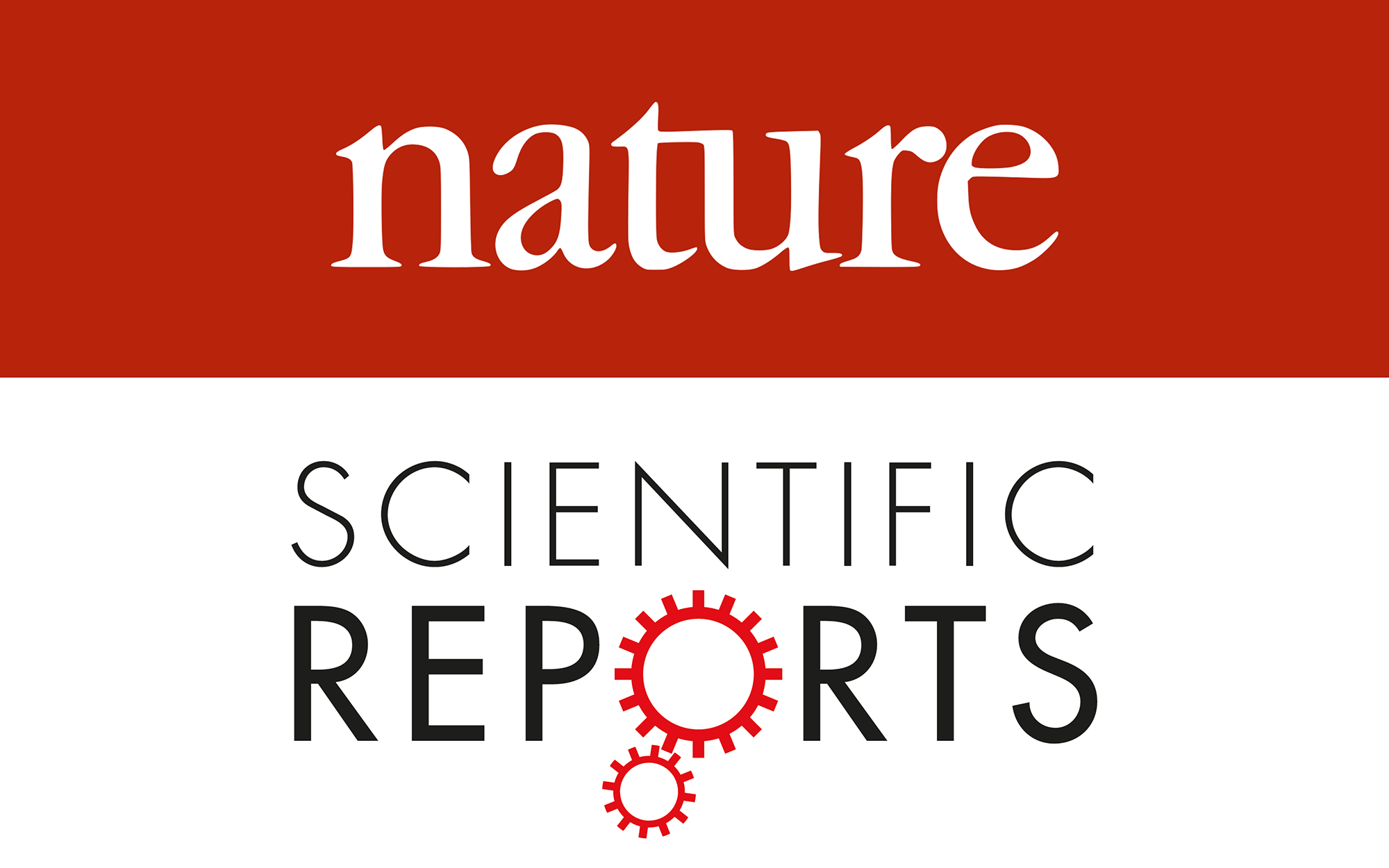
Publication I January 29, 2020
Preparation of single- and double-oligonucleotide antibody conjugates and their application for protein analytics
Oligonucleotide-conjugated antibodies have gained importance for their use in protein diagnostics. The possibility to transfer the readout signal from the protein to the DNA level with an oligonucleotide-conjugated antibody increased the sensitivity of protein assays by orders of magnitude and enabled new multiplexing strategies. A bottleneck in the generation of larger oligonucleotide-conjugated antibody panels is the low conjugation yield between antibodies and oligonucleotides, as well as the lack of product purification methods. In this study, we combined a non-site-directed antibody conjugation technique using copper-free click chemistry with ion-exchange chromatography to obtain purified single and double oligonucleotide-conjugated antibodies. We optimized the click conjugation reaction of antibodies with oligonucleotides by evaluating crosslinker, reaction temperature, duration, oligonucleotide length, and secondary structure.
As a result, we were able to achieve conjugation yields of 30% at a starting quantity as low as tens of nanograms of antibody, which makes the approach applicable for a wide variety of protein analytical assays. In contrast to previous non-site-directed conjugation methods, we also optimized the conjugation reaction for antibody specificity, confirmed by testing with knockout cell lines. The advantages of using single or double oligonucleotide-conjugated antibodies in regards to signal noise reduction are shown within immunofluorescence, proximity ligation assays, and single cell CITE-seq experiments.